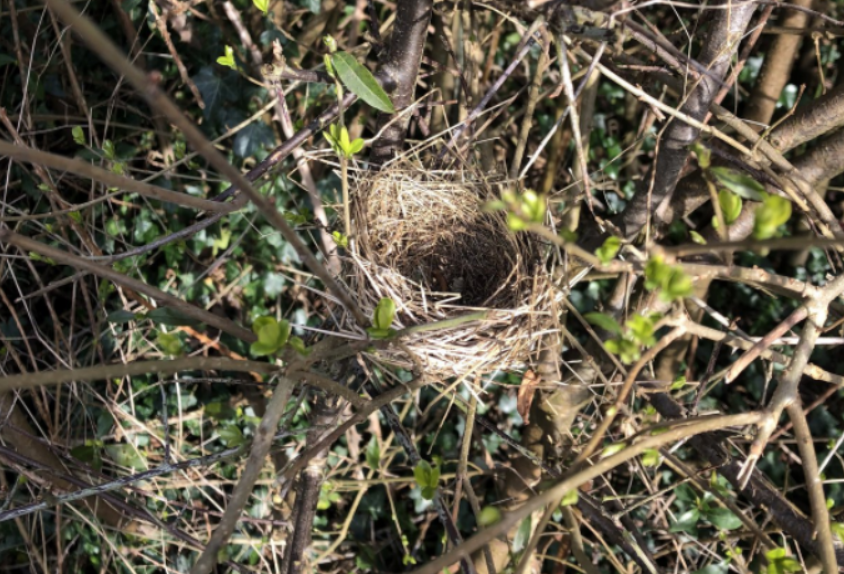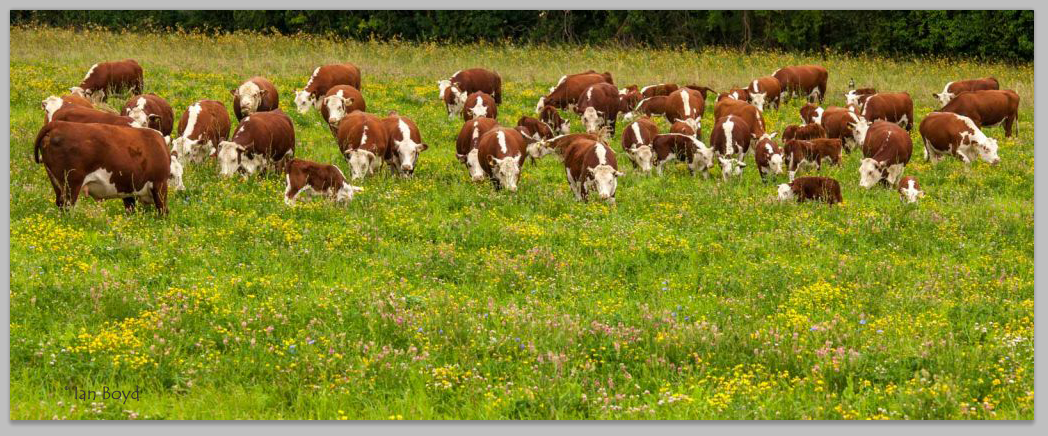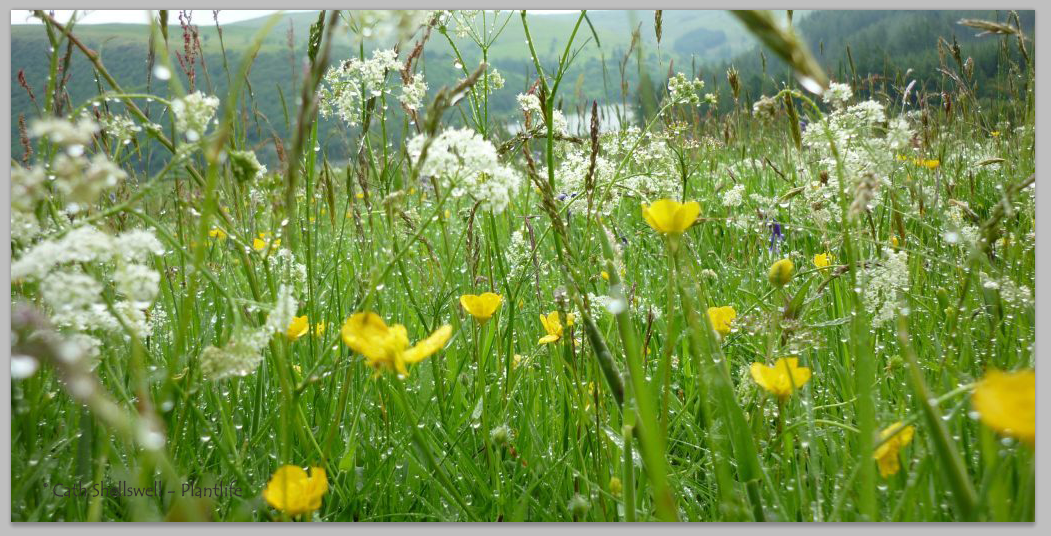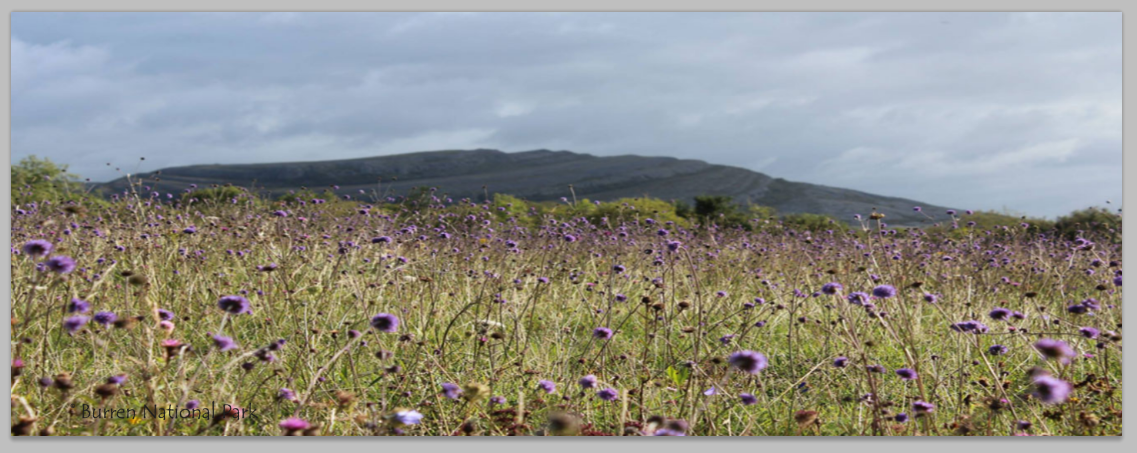|
'Someone can go into an ancient, wildflower-rich meadow and plough it up within an afternoon, and centuries of carefully managed habitat has disappeared, forever' - Plantlife You probably haven't noticed the incongruity of some house or street names, the newly built Oakwood or Beech Close, where those very trees and habitat was destroyed to build the houses. Or streets and estates named Fern View or Woodland Walk and it's the same with meadows. Many roads in Britain and Ireland include the word 'meadow', yet the flower-rich fields they were named after are increasingly rare; most people living on a 'Meadow View' or 'Meadow Walk' can't see a wildflower meadow, even with binoculars. Meadows hold a special place in both social and cultural history: frequent names include references to the size of the meadow - Long Meadow and Little Meadow, to past owners or to wildlife they once held such as Buttercup Meadow or Badger Meadows. Staggeringly, almost all traditional meadows have been eradicated in less than a century and as a result, many iconic meadow flowers are now hurtling towards becoming threatened species. Corn Cockle, Corn Buttercup and Corn Chamomile are extinct in Ireland, in fact, most of Ireland's old meadows are gone. Efficiency in agriculture has caused these precipitous declines and in some cases total extinction of many meadow flowers. This steep decline means the sight of a wildflower meadow in bloom, undoubtedly one of the delights of the heady days of summer, has, with a few exceptions, completely vanished from the rural landscape. Meadow grasses and flowers in the field form one of Ireland's richest ecosystems, from the tall blue, butterfly attracting, field Scabious to the yellow rattle, named for the seed capsules that rattle in the wind and as a parasite plant helps to reduce the fertility of rough grasses. Ireland was studded with numerous grassland meadows that have evolved since the Ice age; from acid and upland pasture to the flooded Shannon Callows, from dry esker ridges to the limestone plateau of the Burren. Wildflower meadows are also a haven for wildlife, a single healthy meadow can be home to over 100 species of wild flowers compared to most modern agricultural pasture which typically supports under a dozen species. These meadow wildflowers support an amazing array of wildlife from bees to butterflies; in fact, common bird’s-foot trefoil alone is a food plant for over 150 species of insects. This insect rich habitat in turn support mammals and birds such as skylarks and lapwings and my favourite night flyers, moths and bats .Left to grow long from March until dry weather in July, the hay was cut for winter feed and bedding, the field would then have been grazed whenever it was dry enough for the livestock not to damage the ground. The constant removal of vegetative growth reduced fertility, making it easier for the wildflowers to grow and spread among the grasses. Research has shown that animals which are allowed to graze on species-rich natural meadows of flowers, herbs and wild grasses consume far more minerals, proteins, and amino-acids, making them healthier. Ancient (perhaps correctly, less modern) farms often kept a wildflower-rich field called a "hospital field" where sick or recuperating animals were grazed so they could benefit from the mixture of herbs to aid their recovery; the animals instinctively drawn to particular plants. . While meadows are an increasingly fragile part of our national heritage, all is not lost. Plantlife and partners, and here in Ireland Design By Nature, are working to save and restore existing meadows and also to create new ones, meadows appropriate to the site with specific flowers that had once bloomed there. Scarlet Poppy, Cornflower or Blue Bonnet, Yellow Marigold and Redshank, Corn Marigold would not be here today if some people had not the foresight to save them from extinction in the late eighties. Remember the wildflower meadows of the past were created for a specific reason, to produce winter hay and for spring and summer grazing. Because of intensive agriculture, that purpose has now gone (the Burren is probably an exception) and if we want to see wildflower meadows flourish once more, they need to have a new purpose. Maybe, the visual and visceral experience of these breathtaking wildflower meadows could well be used as part of a nature-led tourism trail.
0 Comments
Leave a Reply. |
WildEdges
A haven of quiet countryside highlighting issues affecting the natural world. Categories
All
|







 RSS Feed
RSS Feed